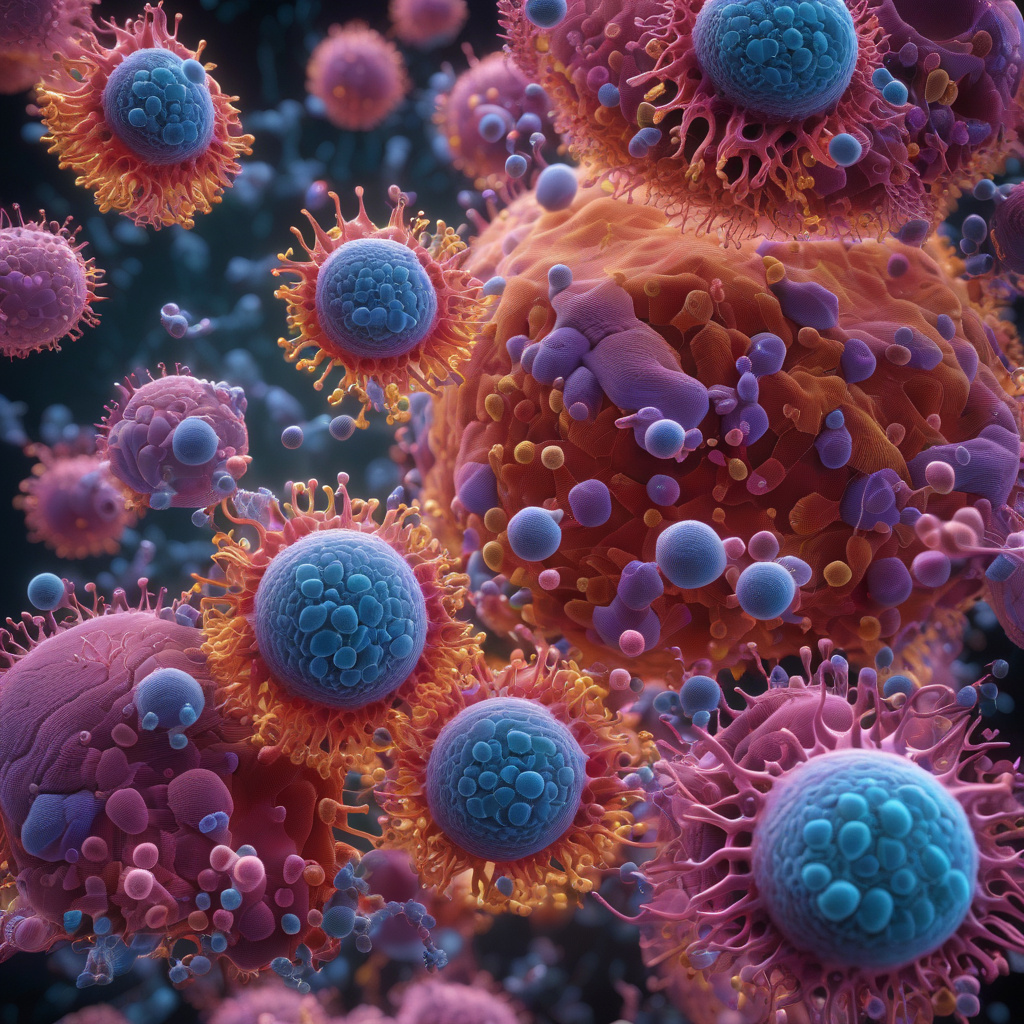Quantum effects in life: Cells compute information billion times faster than we thought
Generally, biology and quantum mechanics are discussed separately. There seems to be no connection between the intricate dance of living organisms and the bizarre, counterintuitive world of quantum physics. However, recent research has unveiled a mind-boggling revelation – cells might be harnessing the power of quantum mechanics to compute information at speeds previously unimaginable.
For decades, scientists believed that the brain was the ultimate computing machine in the human body, processing information at an impressive rate. However, a groundbreaking study published in the Journal of Physical Chemistry Letters suggests that our cells might be giving the brain a run for its money when it comes to information processing.
The study focused on the process of photosynthesis, the mechanism by which plants convert light into energy. Researchers found that the energy transfer in photosynthetic organisms, such as plants, algae, and certain bacteria, exhibits quantum coherence. This means that during photosynthesis, the energy moves through the cell with almost zero loss, thanks to quantum tunneling.
Quantum tunneling is a phenomenon in which particles can pass through energy barriers that would be insurmountable in classical physics. In the case of photosynthesis, this allows plants to capture and transfer energy with remarkable efficiency. The implications of this discovery are profound – it suggests that biological systems are not just passively responding to quantum effects but actively exploiting them to enhance their functionality.
This revelation challenges our understanding of the boundaries between the classical and quantum worlds. It opens up a new realm of possibilities for exploring the role of quantum phenomena in the fundamental processes of life. If cells can leverage quantum effects to process information at speeds previously thought impossible, what other capabilities might they possess?
Moreover, this discovery sheds light on the potential applications of quantum biology in various fields. For instance, understanding how cells utilize quantum effects could revolutionize the development of artificial photosynthesis technology, leading to more efficient solar panels and renewable energy sources. It could also inspire new approaches to quantum computing, drawing inspiration from the elegant efficiency of biological systems.
The integration of quantum mechanics and biology represents a paradigm shift in our perception of the natural world. It blurs the lines between the microscopic realm of atoms and molecules and the macroscopic world of living organisms. As we continue to unravel the mysteries of quantum effects in life, we are poised to unlock a treasure trove of scientific advancements with far-reaching implications.
In conclusion, the discovery that cells can compute information billion times faster than previously thought, thanks to quantum effects, underscores the remarkable complexity and efficiency of biological systems. By bridging the gap between biology and quantum mechanics, researchers are paving the way for a new era of innovation and discovery that promises to reshape our understanding of the world around us.
quantum biology, information processing, photosynthesis, quantum effects, scientific advancements












